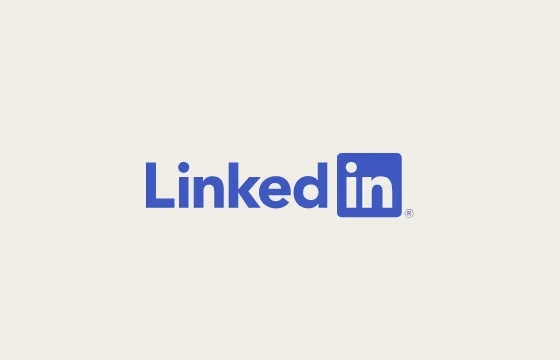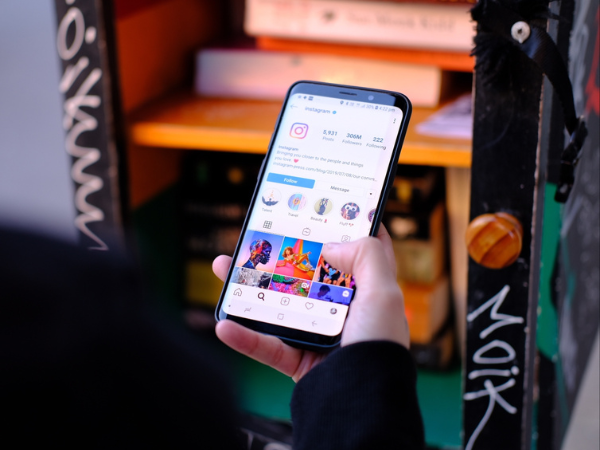What marketers need to know about managing social media through an economic downturn
Executing on a social media marketing strategy is like completing an obstacle course. In 2025, amid market turbulence, recession chatter and a constant drip Read more... The post What marketers need to know about managing social media through an economic downturn appeared first on Sprout Social.

Executing on a social media marketing strategy is like completing an obstacle course. In 2025, amid market turbulence, recession chatter and a constant drip of new tariff updates, it feels a bit like the obstacle course is on fire.
If you’re feeling the heat, we see you and hear you. Managing social through down markets requires an additional layer of focus, rigor and empathy. It’s tough terrain, but with the right preparation, it’s possible to stay agile and impactful.
But what does that preparation entail, exactly? Keep reading to find out what you need to know to successfully navigate social media marketing through times of economic contraction—and why now is not the time to pull back on social.
Why social media needs continued investment (even under economic pressure)
Social media has fundamentally reshaped how brands earn attention and trust. In 2025, a brand’s relevance isn’t defined by storefronts or stage presence—it’s determined by its role in the cultural conversation. And that conversation is happening on social.
According to the 2025 Sprout Social Index™, social is now the #1 channel consumers use to keep up with trends and cultural moments. On top of that, 93% of consumers say it’s important for brands to stay in tune with online culture.

Even in 2023, this dynamic was clear. In a past interview, CMO advisor Carilu Dietrich emphasized that “the ability to activate on social is a critical muscle that companies need to exercise, even in times of economic pressure.”
That need for engagement has only grown. Pulling back on brand marketing in a down market might feel like a quick cost-saving win, but on social, standing still is falling behind. Algorithms evolve, conversations move fast and your audience’s expectations shift just as quickly. What worked yesterday won’t guarantee reach or relevance tomorrow.
In contrast, marketers who invest now are building a long-term competitive edge. Social data offers real-time insight into changing customer needs, sentiment and whitespace opportunities—critical intel for staying agile in an uncertain market. Cutting back during a downturn doesn’t just pause growth. It gives competitors an opening to claim your share of voice.
The bottom line? Cutting back on social cuts you off from culture, customers and critical market insight. In 2025, all business is social.
How to make a case for social media investment in a down economy
Even as budgets tighten and teams shrink, there’s still room for ideas that can prove real ROI. That means sticking to the status quo won’t cut it—you’ll need to show how social can drive more than what’s already in your marketing plan.
To earn additional investment, you need to be sharp on strategy and bold on the results you can deliver.
You know why your brand needs to lean in on organic social. Now for the next task: Sharing your vision with the rest of your marketing leadership and executive teams. Follow these tips for success as you make your case for additional social media resources.
Prove impact
When budgets are tight, business leaders need to see clear returns. That’s why proving the ROI of your organic social efforts isn’t optional—it’s essential.

Start by identifying the social media metrics that tie social activity to business outcomes. Go beyond vanity metrics and lean into KPIs that speak leadership’s language, like conversions from link in bio, traffic from social to owned properties or brand sentiment improvements over time.
To dig deeper into revenue impact, connect your social media management platform to your broader marketing tech stack. Integrations with tools like Google Analytics and Salesforce help close the loop between social engagement and pipeline influence.
That connection gives you the ability to track the full customer journey—from discovery to decision—and surface insights that validate social’s role in driving growth.
And don’t wait for a quarterly recap to share your wins. Build executive trust by weaving social proof points into cross-functional updates and strategy docs. The more fluently you connect organic social to broader business value, the more seriously your team will be taken when investment decisions are on the table.
Zoom out
In times of economic uncertainty, it’s easy to get tunnel vision—especially when you’re being asked to do more with less. But this is when zooming out becomes most important.
To earn buy-in for continued investment in social, you need to reframe it not just as a content engine, but as a source of real-time audience intelligence. Social gives you direct access to how your customers feel, what they care about and how those sentiments shift alongside broader market conditions.
Tightening budgets are making people more sensitive to being sold to. This means brands must understand where their customers are, what they are discussing and their shifting sentiments in order to build meaningful and impactful marketing strategies.Layla Revis
VP of Brand & Social, Sprout Social
In other words, the value of social isn’t just in what you post—it’s in what you learn. The insights you uncover can guide brand positioning, influence product messaging and shape marketing strategy beyond the channel itself. When you show stakeholders how social sharpens the entire organization’s view of the customer, you don’t just make the case for social—you elevate its role in the business.
Make it urgent
If you’re not involved in day-to-day social management, it can be easy to forget the channel isn’t just for trends and memes. There are real risks that come with under-equipping a social media team. It’s your job to ensure your executive team is aware of that.
For example, say a defective product batch causes a slew of negative customer feedback on social. If you don’t have what you need to get ahead of the issue quickly, you risk losing hard-earned fans. According to the 2025 Index, nearly three-quarters of consumers expect a response within 24 hours or sooner.
Now that social has come into its own as a customer care channel, failing to respond to customers on time, even in non-crisis situations, is a risk. When this happens, 73% of consumers say they’ll buy from a competitor.
Provide competitive context
So far, most of what we’ve covered is hypothetical. If you want to pull some of these insights into reality, you’ll need to provide the right context.
Conduct a social media competitive analysis to better understand your brand’s role in the current social media landscape. Dietrich believes that can serve as a blueprint for outpacing your competitors.
“Capitalizing on a competitive gap or shortcoming can be huge,” said Dietrich in 2023. “We may not get as much funding for social media this year, but it needs to remain strong enough to function through the downturn and seize on opportunity when the time is right.”
Understanding how your competitors use (or don’t use) social can unveil opportunities that are hidden in plain sight. Here are some questions to consider as you dig for competitive intel.
- What content formats (design, visual) are your competitors prioritizing? Based on their existing content, how would you rate their level of investment?
- How active are your competitor’s mentions, tags and comments? How often are they replying?
- What can you infer about their priorities based on their social content mix?
This context will help make the risks and benefits of your requested resources more tangible throughout the approval process.
6 ways to make the most of your current social media resources in a tight economy
If additional resources aren’t in the cards, don’t worry. There are still ways to optimize your social media operations to get the most out of what you have today. Here are some tips that will help you deliver results on a tight budget.
1. Audit team responsibilities
Many team rituals are maintained due to inertia instead of impact. If you haven’t taken time to review your team processes and responsibilities in the new year, now’s the time to do it.
Host candid conversations with your team about their bandwidth, routines and working styles. These talks will give you a better idea of how your team spends their time.
You may find that everyone can take a few hours back by swapping meetings for async stand-ups or rolling back an initiative that’s not driving clear results. Whatever the outcome, it will help ensure your team is on the same page, marching toward the same goal.
2. Focus your efforts
You won’t be able to do it all. The more comfortable you get with ruthless prioritization, the easier it will be to push back on competing priorities confidently.
For example, if you find that a specific network consistently underperforms compared to the rest of your brand accounts, now’s the time to put it into maintenance mode. Share posts and stay on top of customer care requests, but save big swings for networks with proven track records for engagement.
3. Use AI to your advantage
When resources are tight, AI can help you maximize your team’s output without requiring additional headcount or budget.
By integrating AI-powered tools into your social media workflow, you can automate routine tasks, streamline content creation and gain deeper insights into audience behavior without adding extra headcount.

But remember: AI isn’t something that should be used to create content from start-to-finish. Instead, it should be an efficiency tool, giving your team more time to do things that require brain power and creative thinking. It should bear the mental load of social monitoring, completing basic tasks and performing intensive data analysis.
4. Build community through transparency
In times of economic uncertainty, consumers are more attuned to how brands communicate. One of the most effective ways to build trust with your audience is by using social media as a vehicle to openly share your brand’s challenges and the steps you’re taking to navigate them.
Le Puzz, a puzzle brand, offers a great example of this. When the ongoing tariff back-and-forth started to impact their supply chain, they took to Instagram with a thoughtful carousel post explaining how the situation might affect pricing.
By offering insight into the behind-the-scenes realities of their business, they humanized their brand and created an open dialogue with their customers.
This kind of transparency is key, especially when you consider that 93% of consumers believe brands need to do more to combat misinformation—a finding from the 2025 Sprout Social Index™.
5. Partner with trusted influencers
When budgets are tight, every dollar you spend needs to work harder. That’s what makes influencer marketing such a smart investment. The right influencer partnerships don’t just amplify brand awareness—they drive action, conversion and measurable ROI.
According to Sprout’s VP of Brand & Social, Layla Revis, “Influencer marketing not only has an impressive ROI, on average $5.78 for every $1 invested, but it is key for developing long-lasting consumer trust and relevance—two factors brands must have in their strategies right now.”
That trust is especially critical in today’s economic environment. Consumers are more aware than ever of when they’re being sold to, and some influencers are even facing backlash for promoting consumerism during uncertain times. Those who offer real value—through education, resources or entertainment—are thriving. It’s a reminder that partnerships might need to look different in a downturn, but they can still be powerful when rooted in authenticity and relevance.
Influencers are already embedded in the communities your brand wants to reach. When chosen wisely, their credibility drives higher engagement and stronger purchase intent—without the overhead costs of traditional campaigns.
6. Tighten market positioning with social data
Social data can illuminate customer experience improvements, product innovations and brand differentiation opportunities. It’s the north star that will help ground your strategy in the needs and motivations of your audience.
Your social listening tool can provide real-time insights into your brand and its competitive landscape. Use it to spark new marketing ideas that will help your brand stand out among the rest.
“Make your spending work harder by having more targeted, better content,” advised Dietrich. “A lot of messaging is ‘blah,’ but every now and then something really pierces through the noise and speaks to you. How can you create that for your company? How can you make your product critical in this current market?”
Social media is essential for growth-minded brands
Economic uncertainty may have your team operating with fewer resources, but social media remains one of the most powerful tools in your marketing toolkit. When used strategically, it can generate demand, surface customer insights, strengthen brand affinity and stretch the impact of every dollar spent.

But to secure the resources you need—or make the most of the ones you already have—you need to clearly articulate the ROI of organic social to your stakeholders.
To help, we created a social media ROI toolkit packed with resources to do exactly that. From customizable reporting dashboards to deck templates built for executive buy-in, it’s designed to help you connect your organic efforts to business impact.
The post What marketers need to know about managing social media through an economic downturn appeared first on Sprout Social.































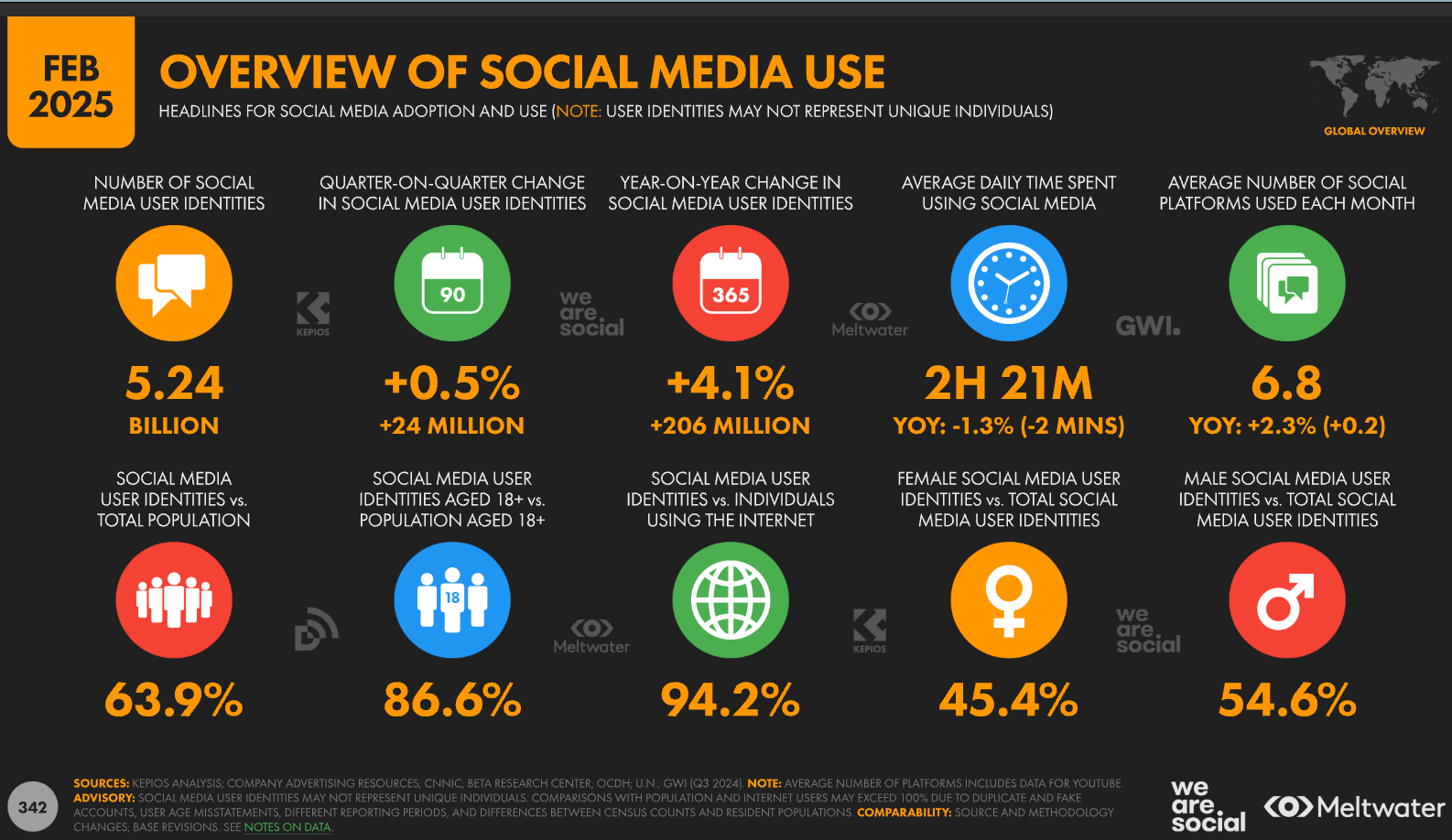
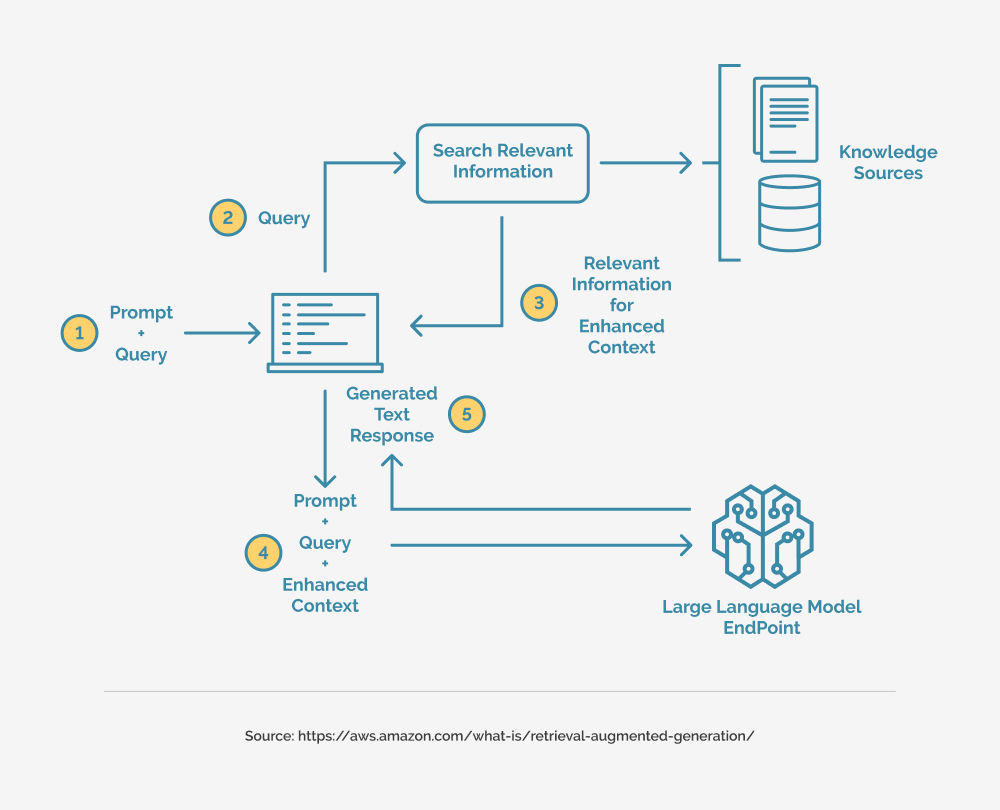
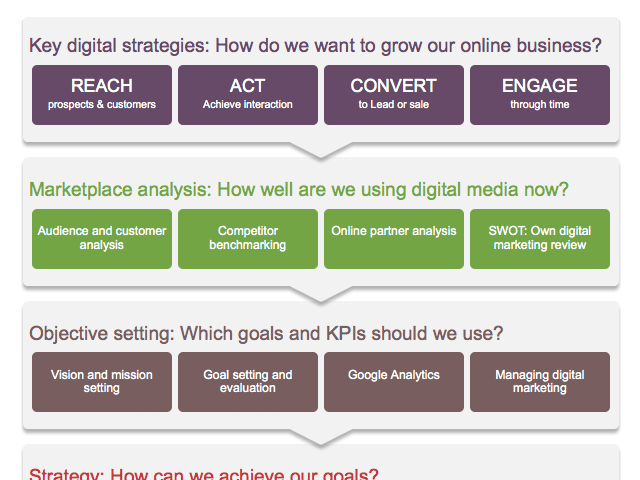













![The 11 Best Landing Page Builder Software Tools [2025]](https://www.growthmarketingpro.com/wp-content/uploads/2024/04/best-landing-page-software-hero-image-1024x618.png?#)




















































